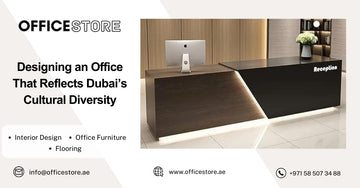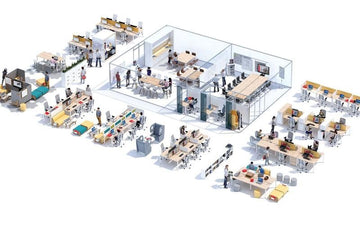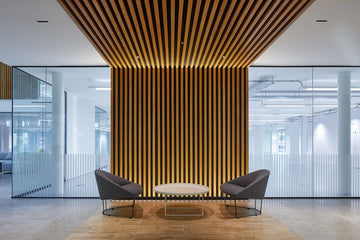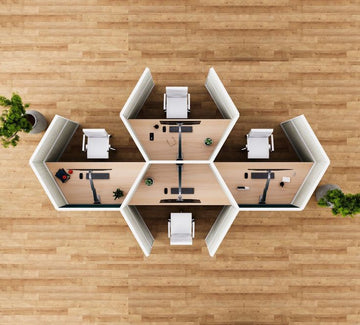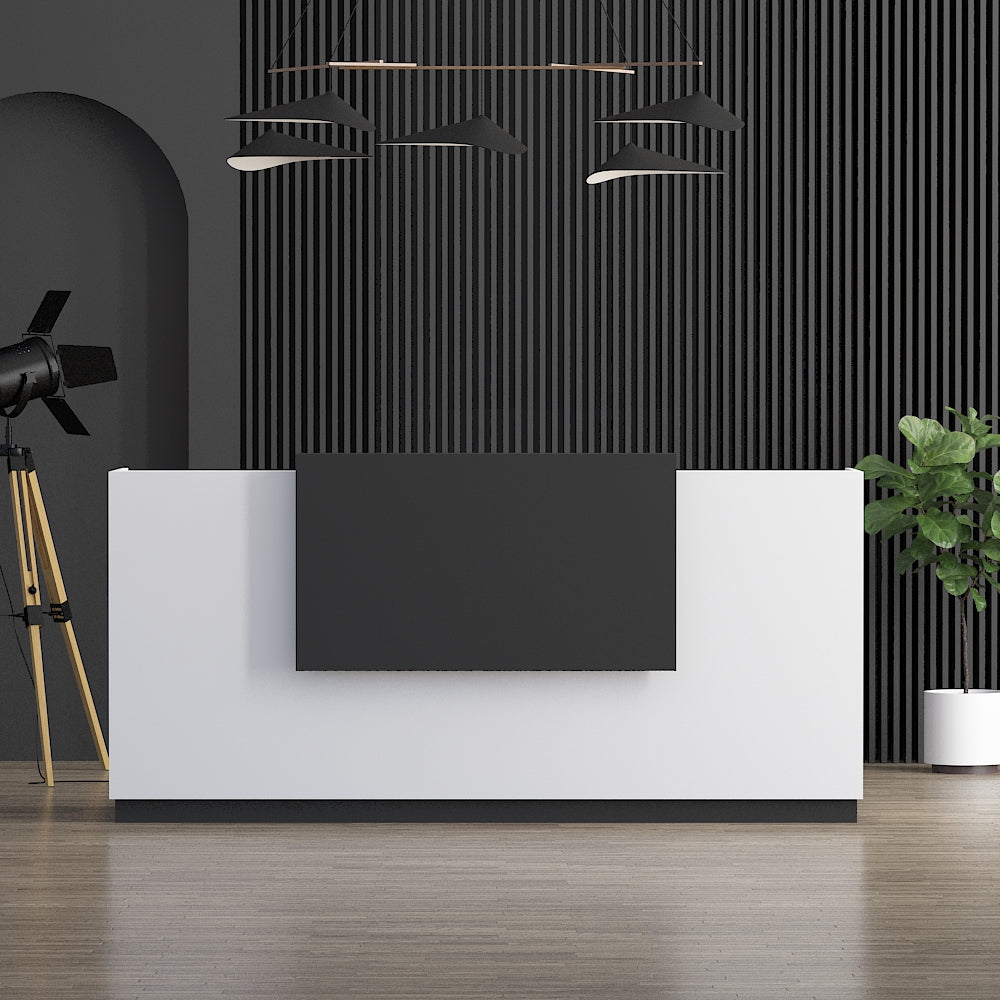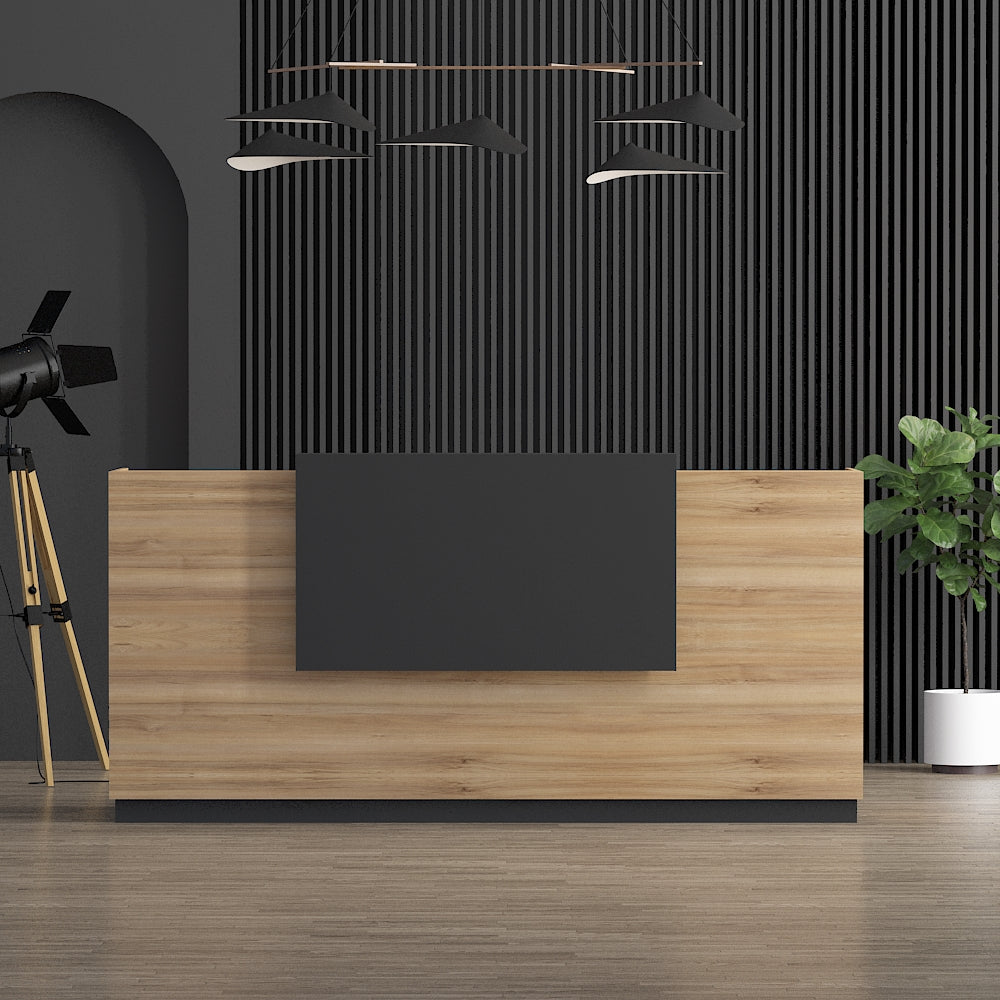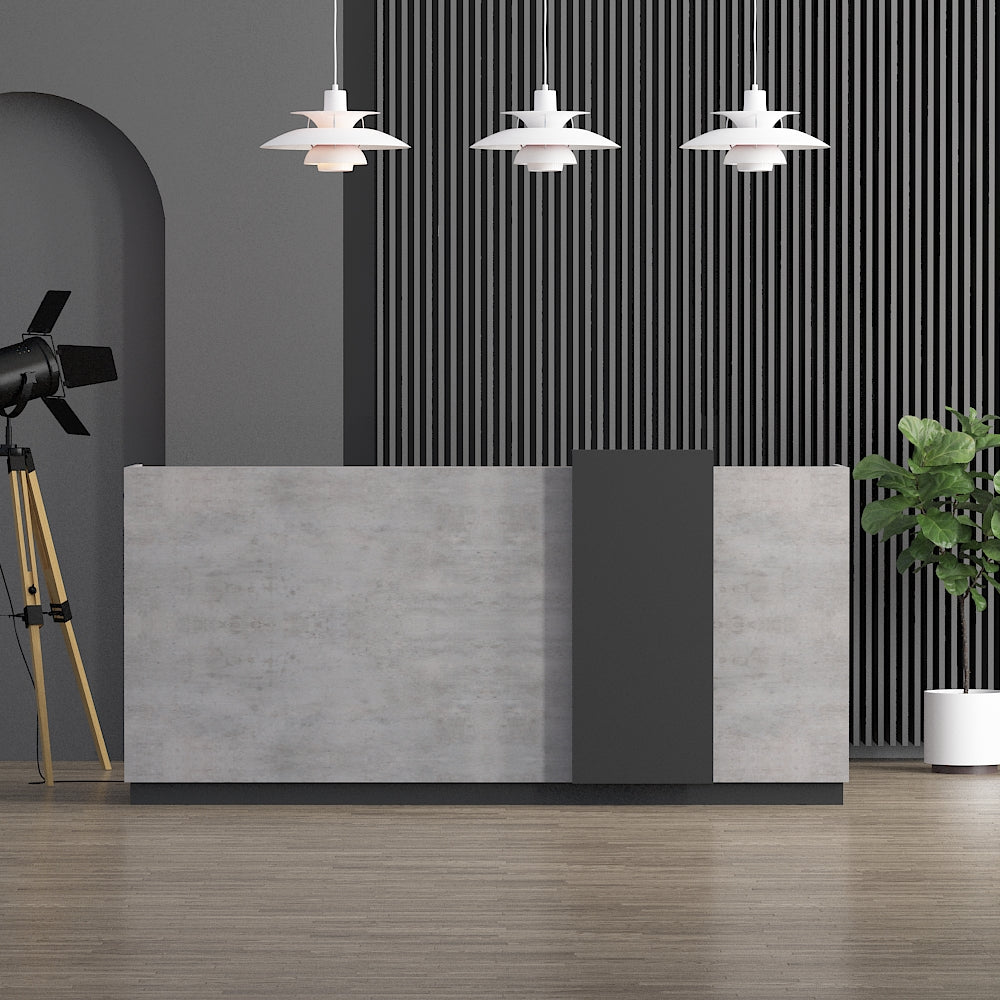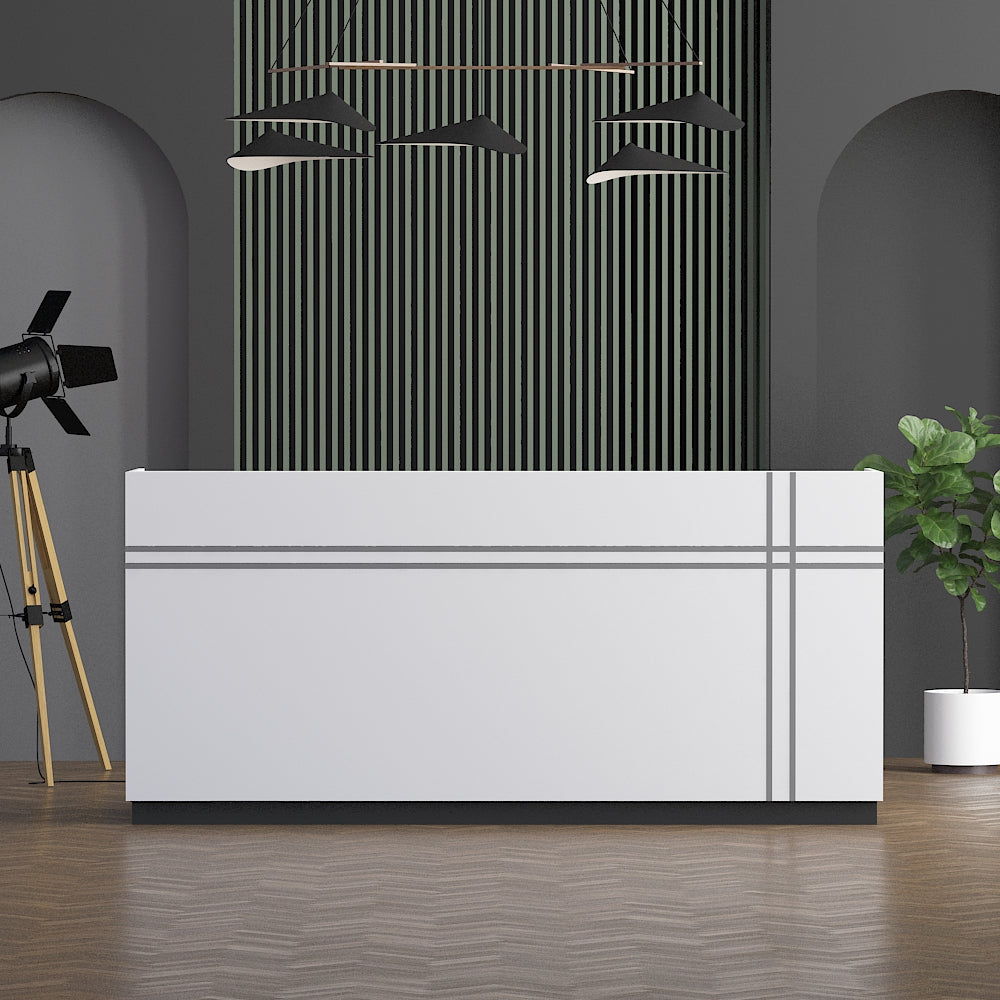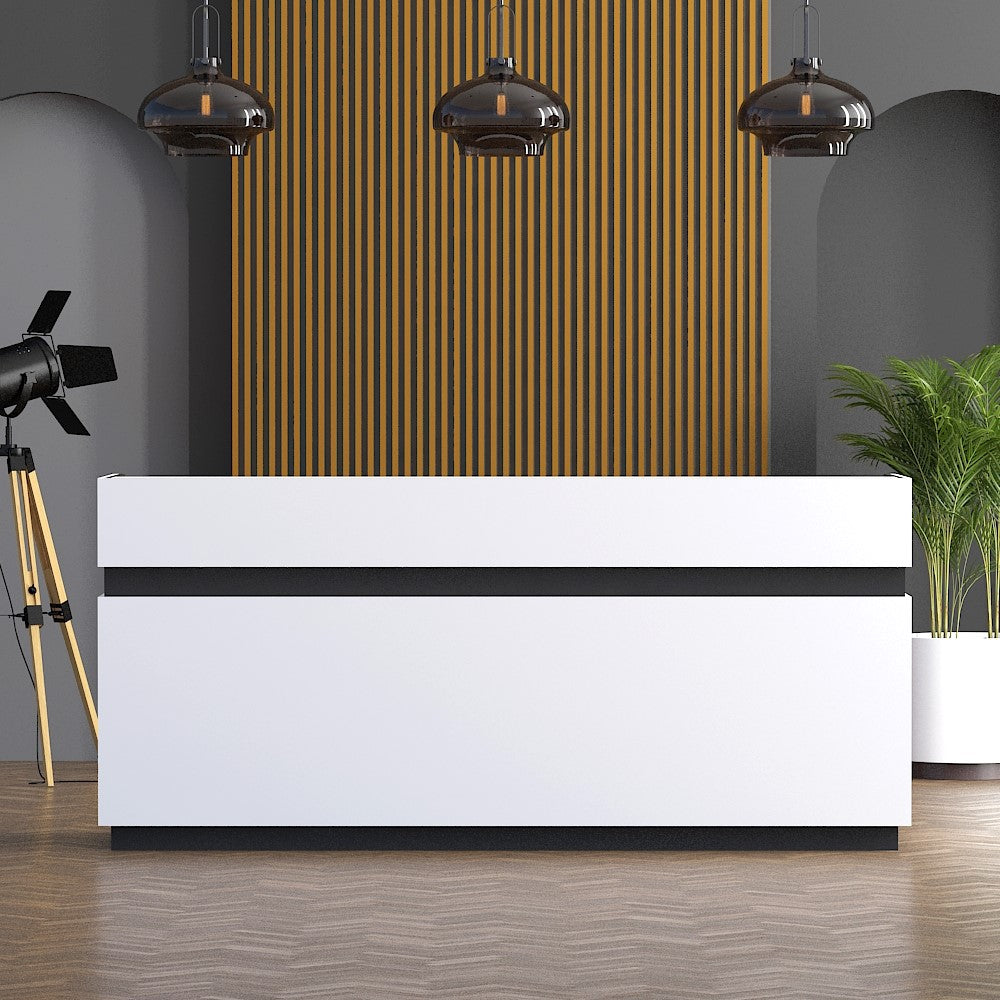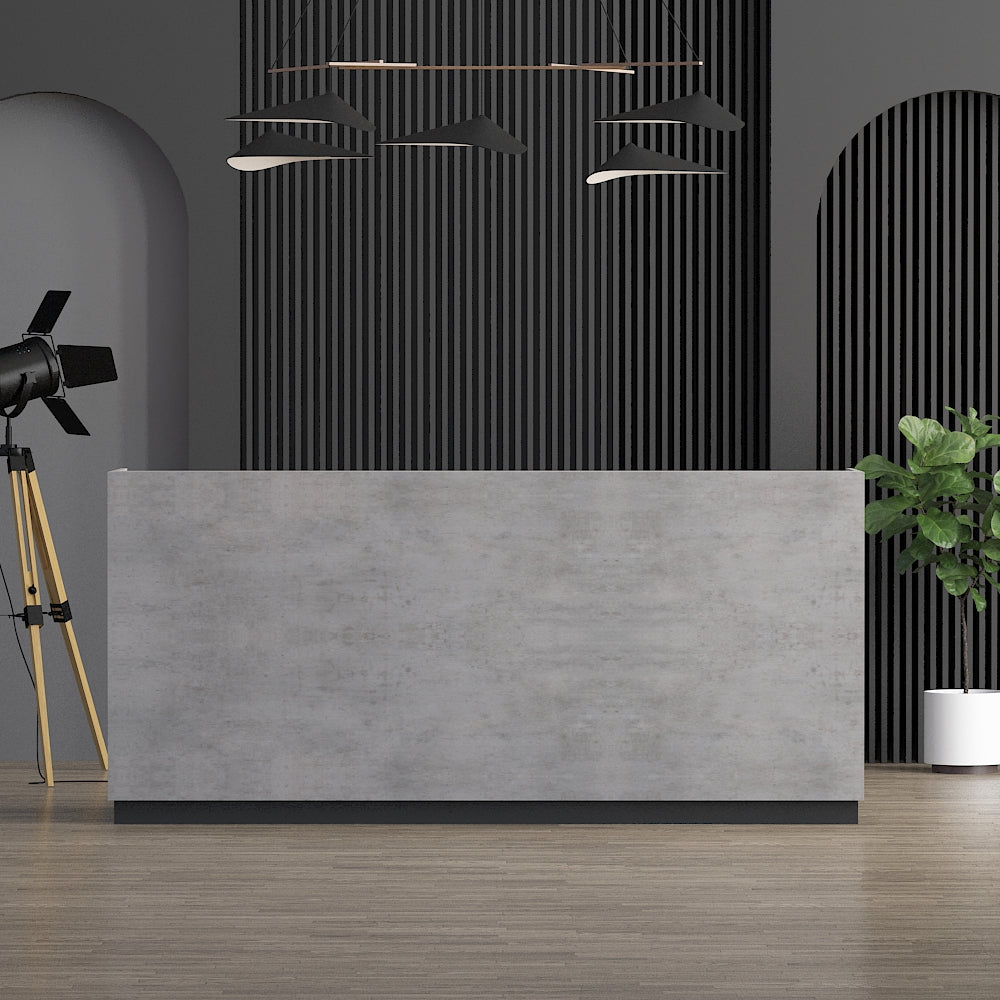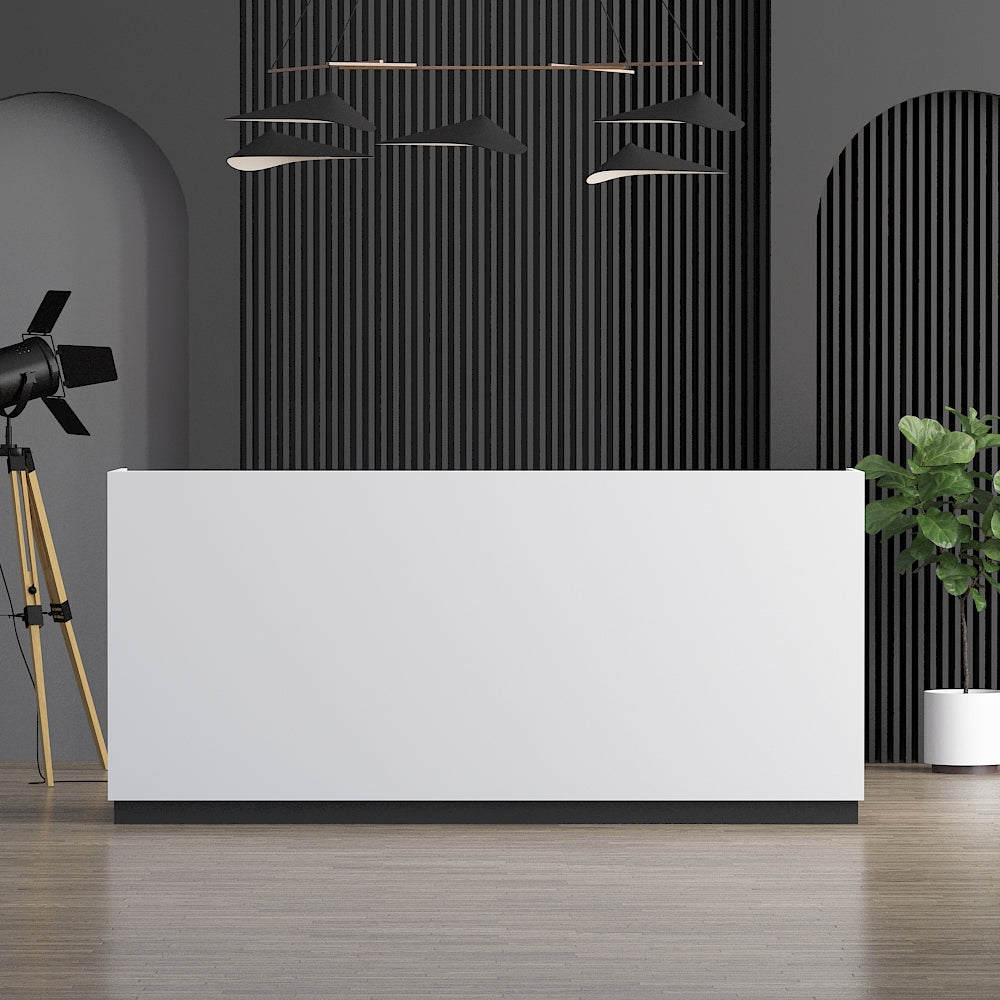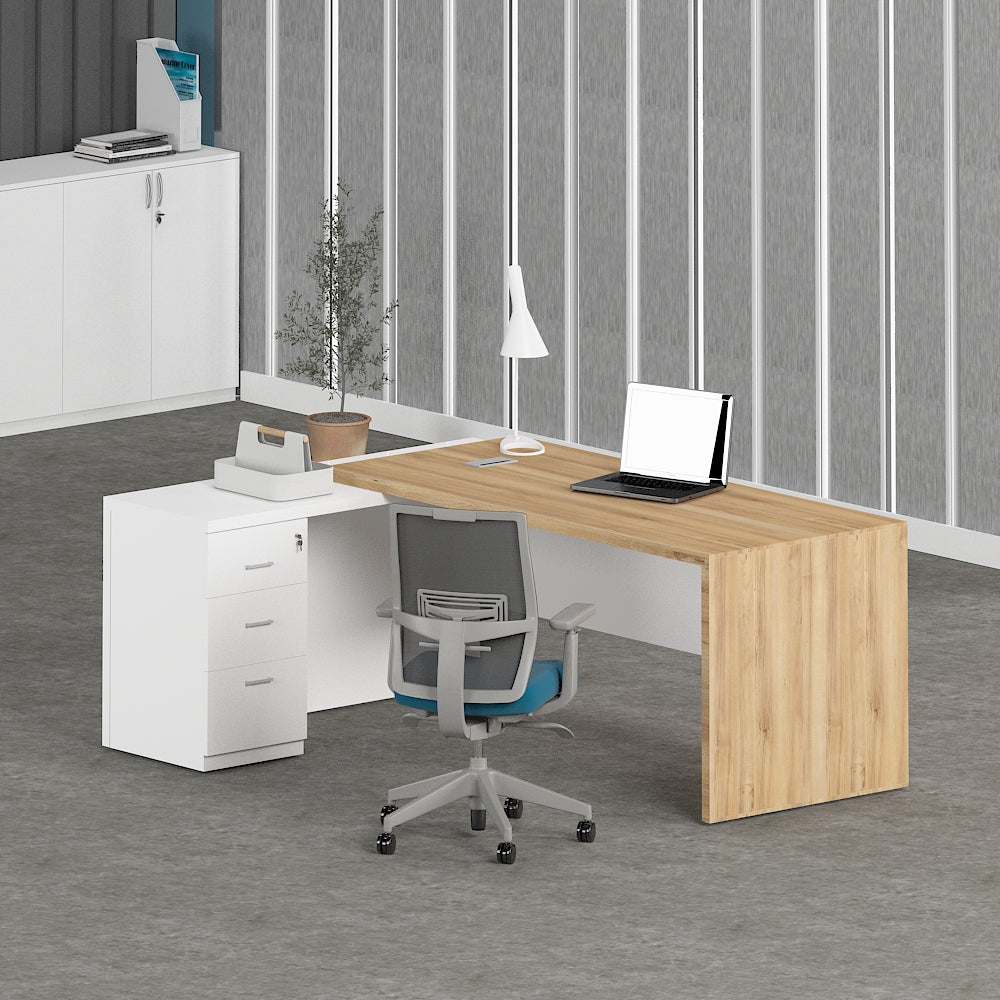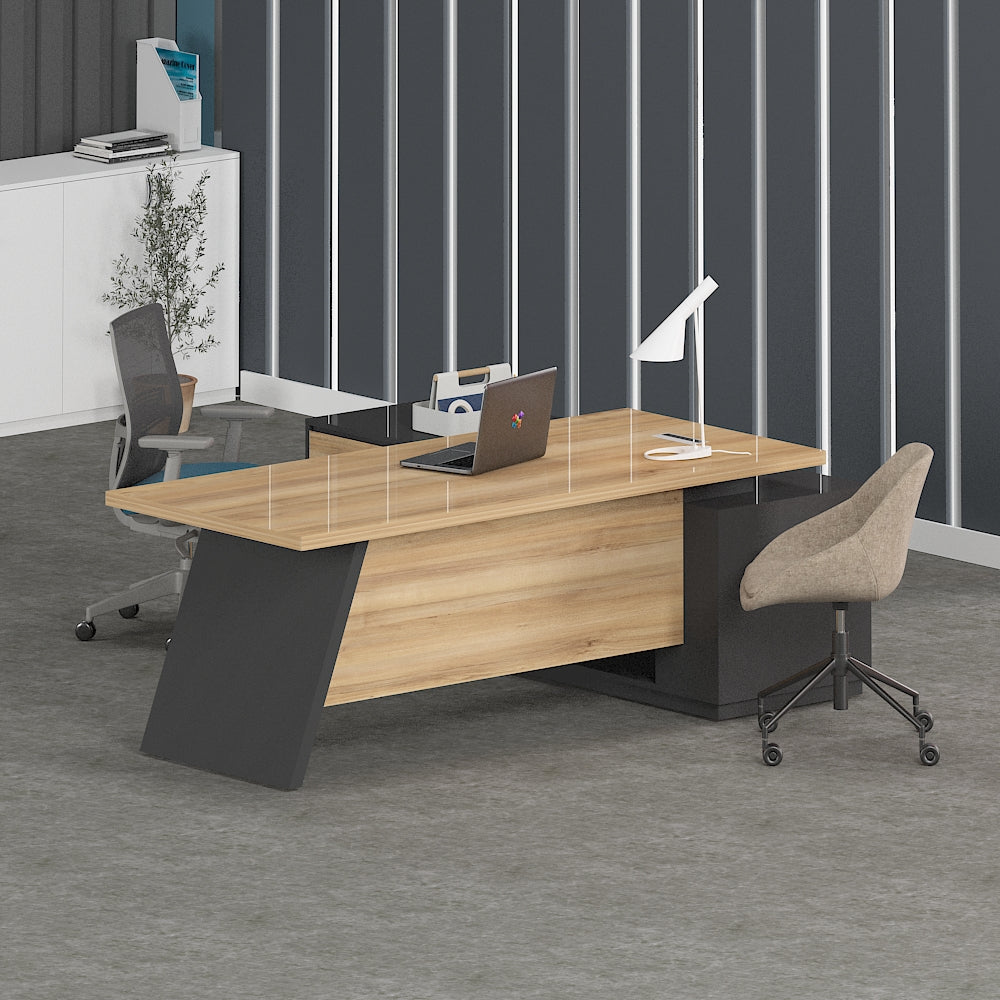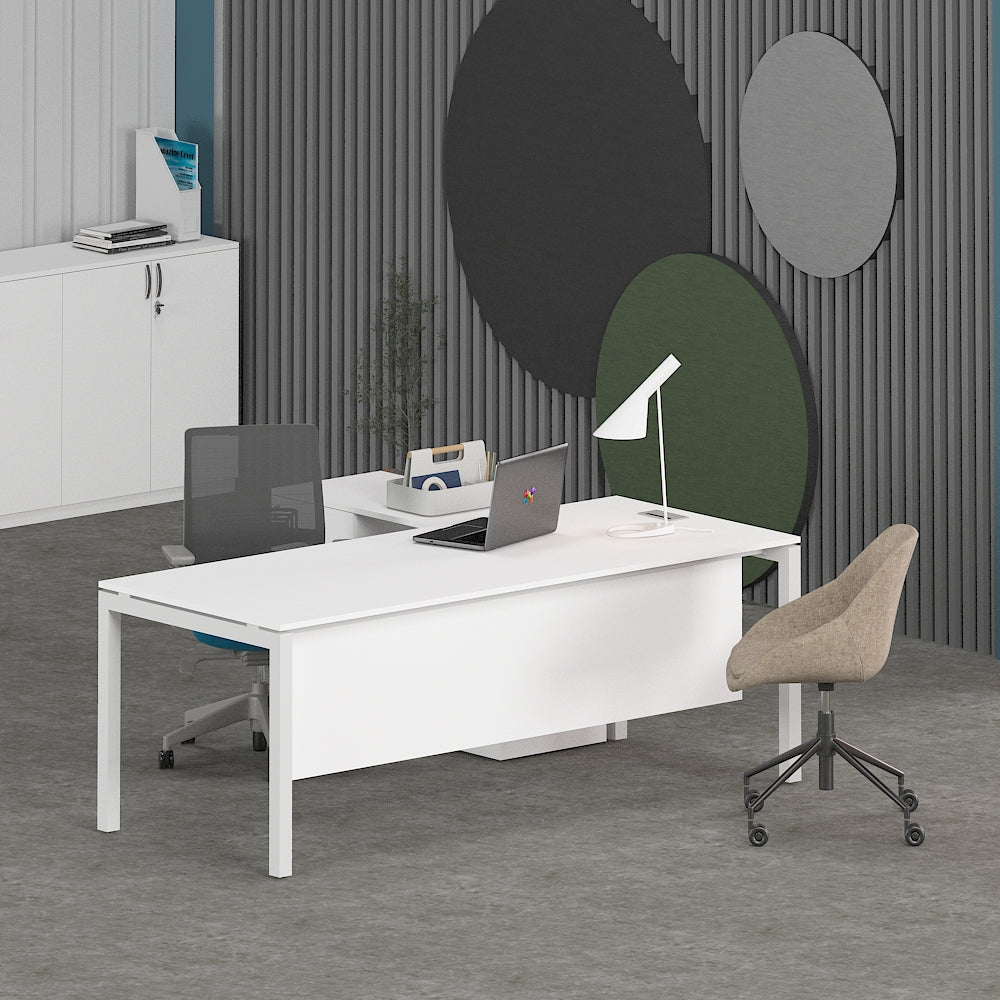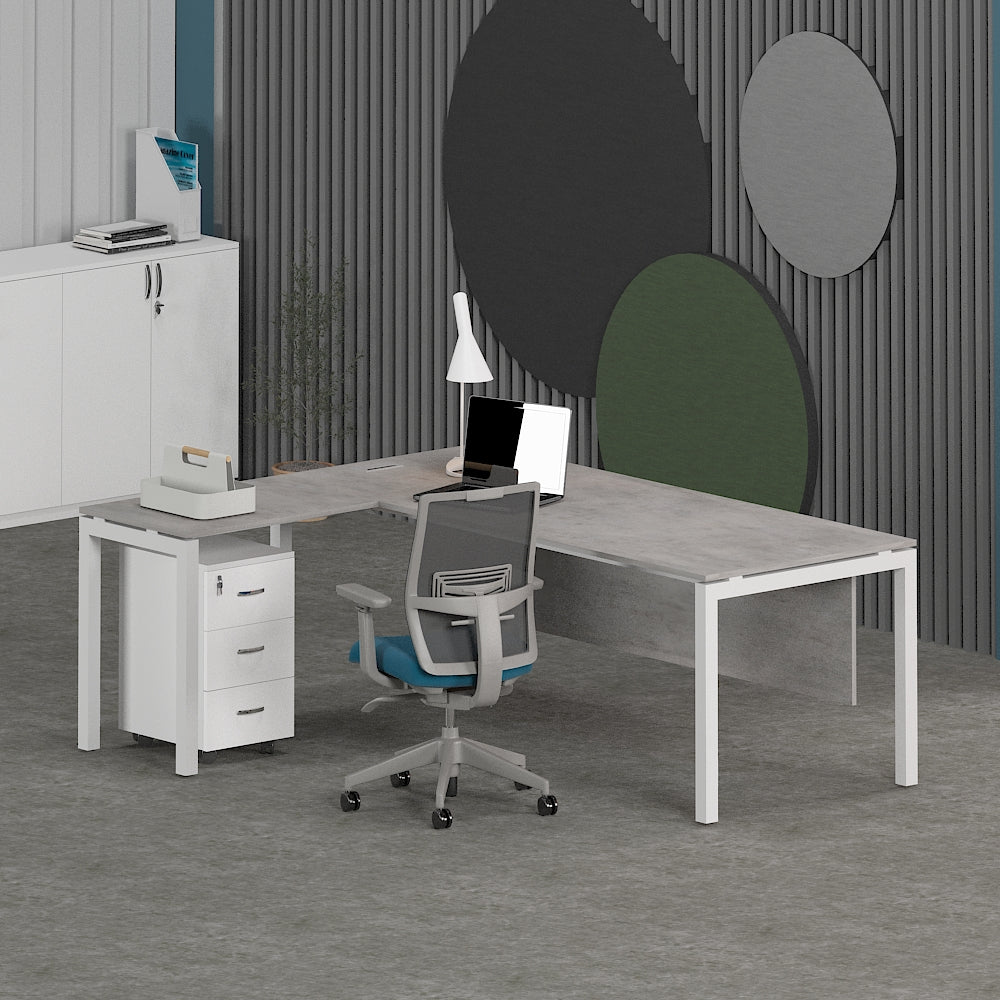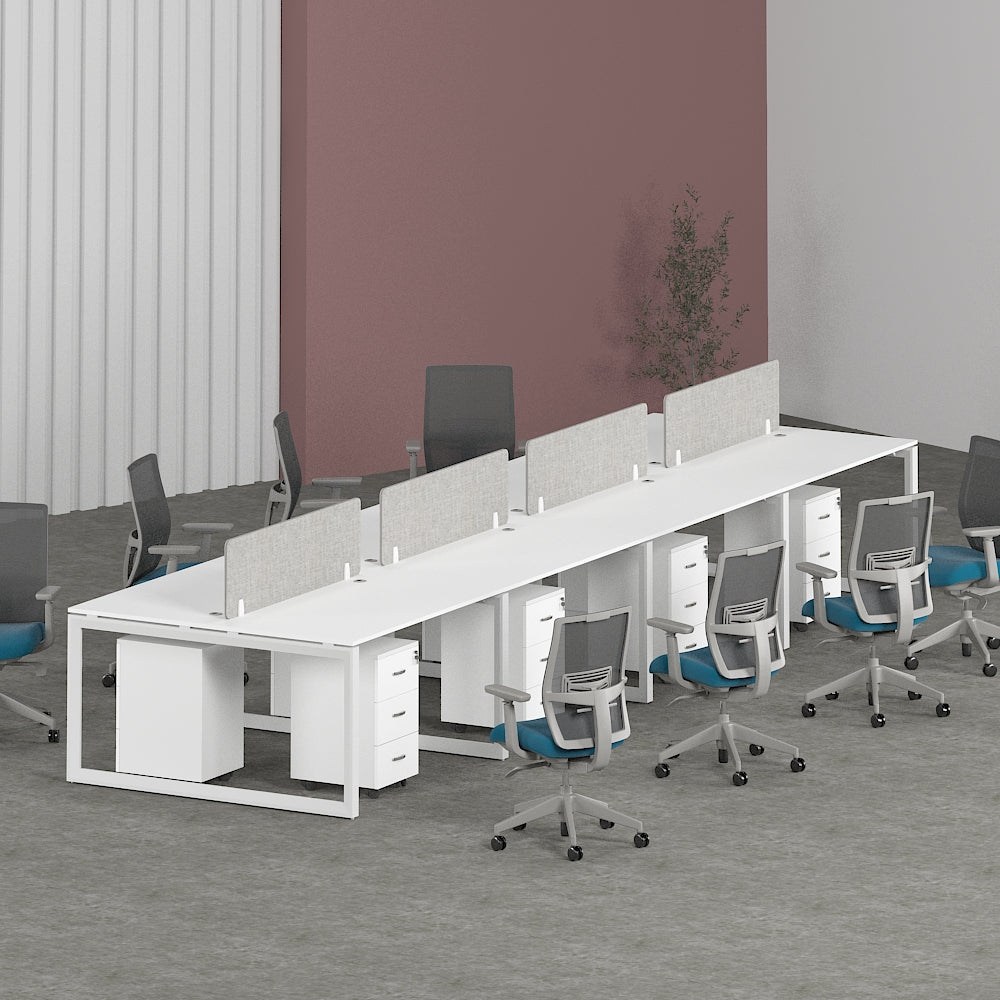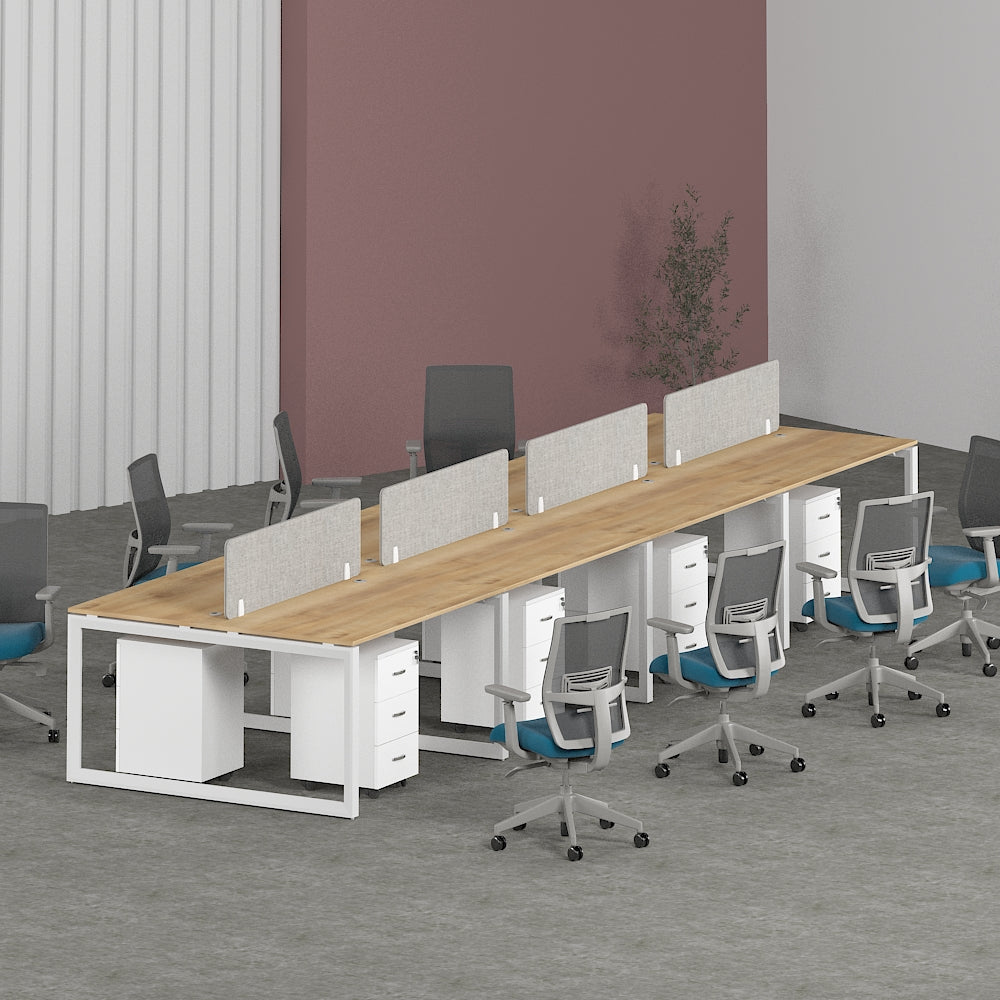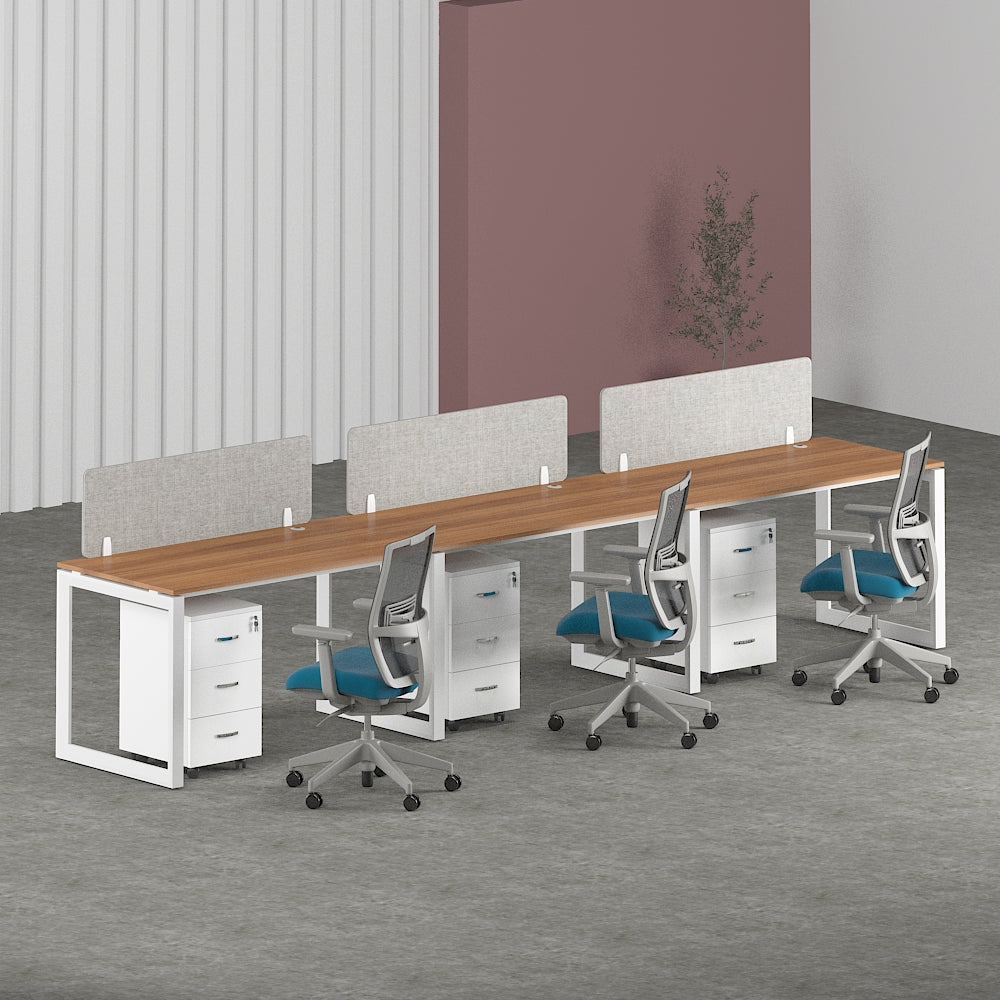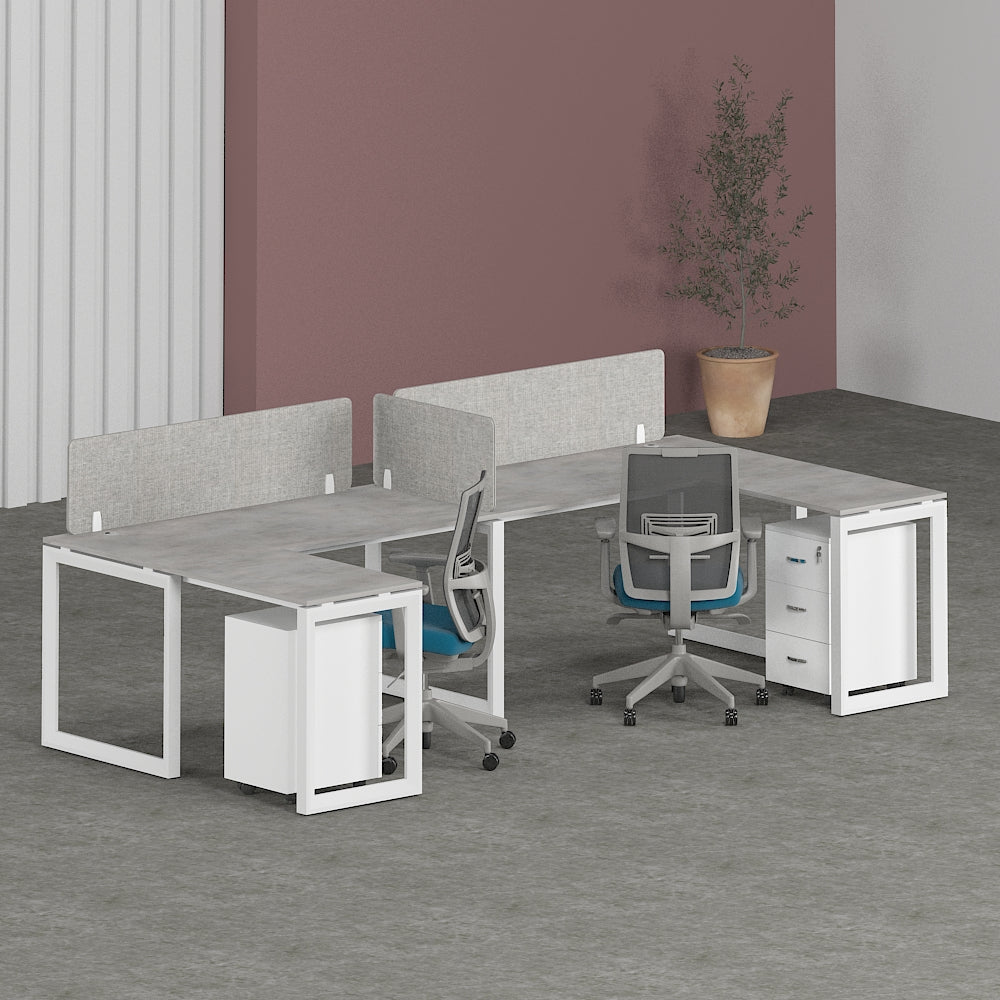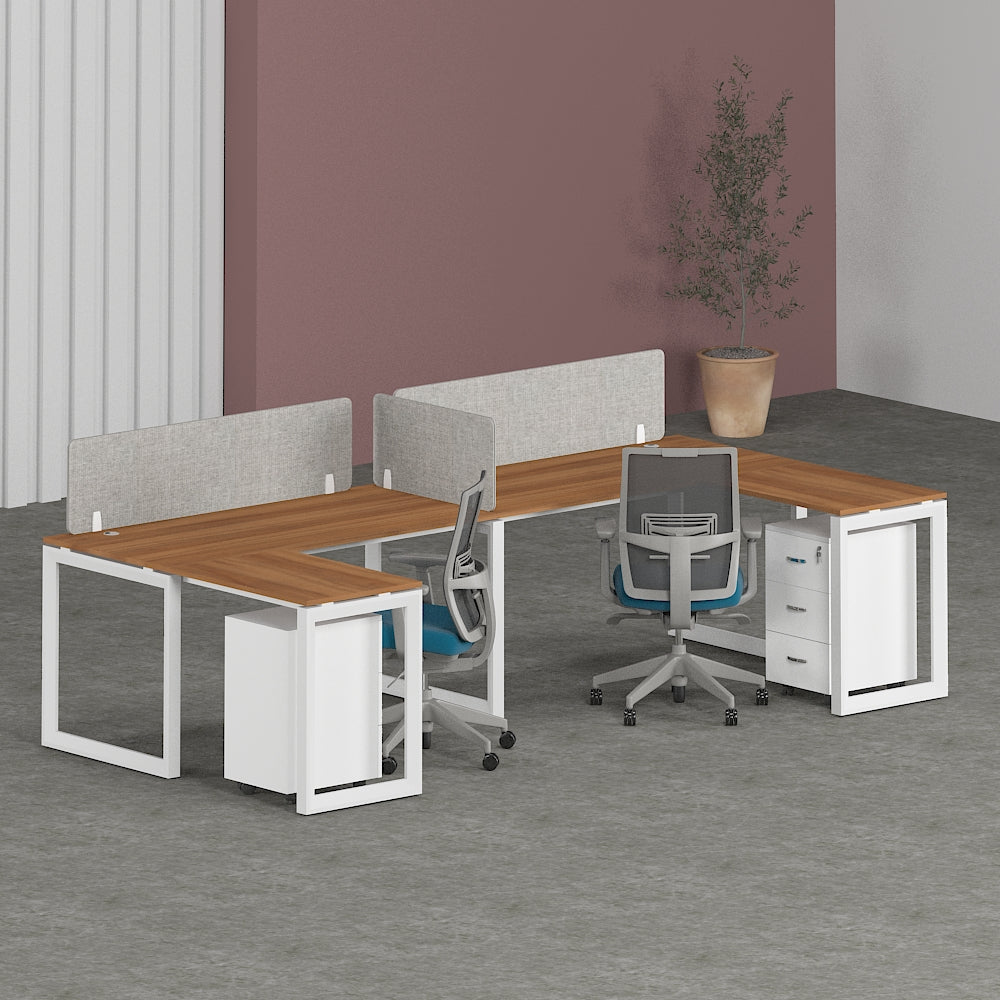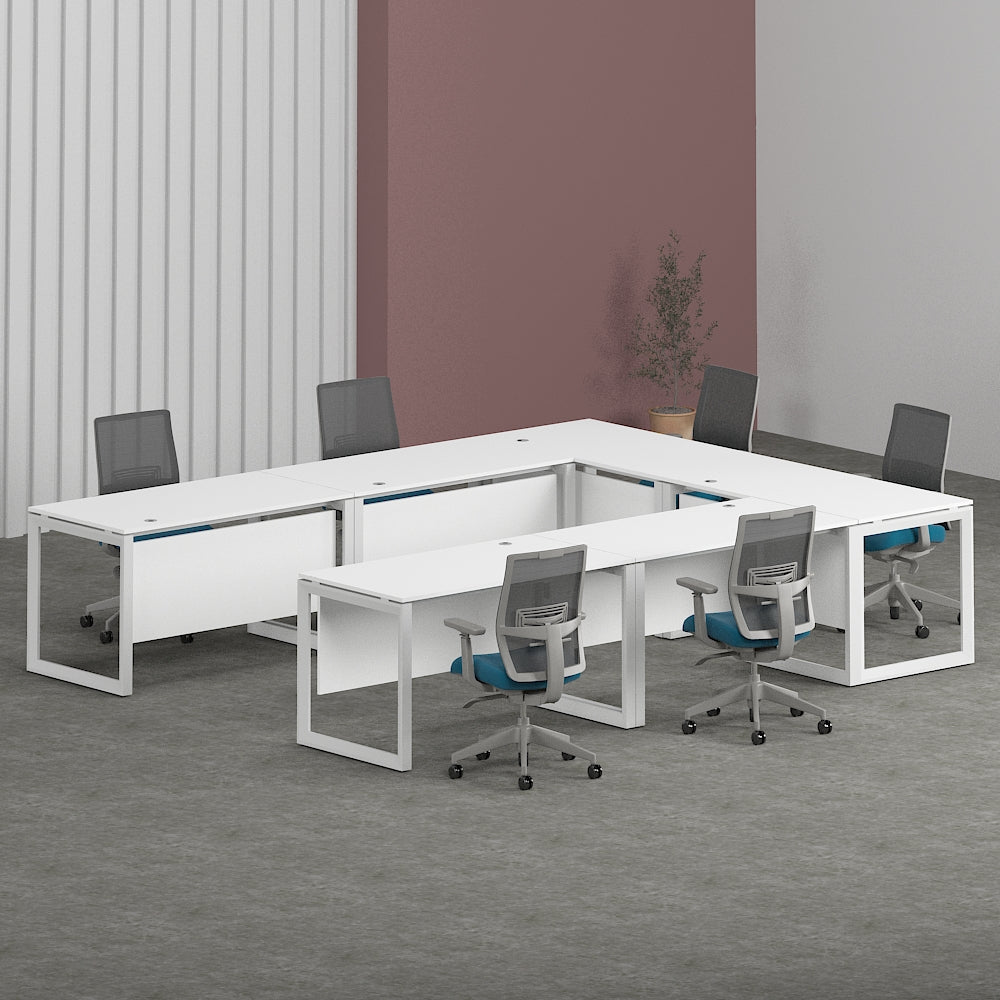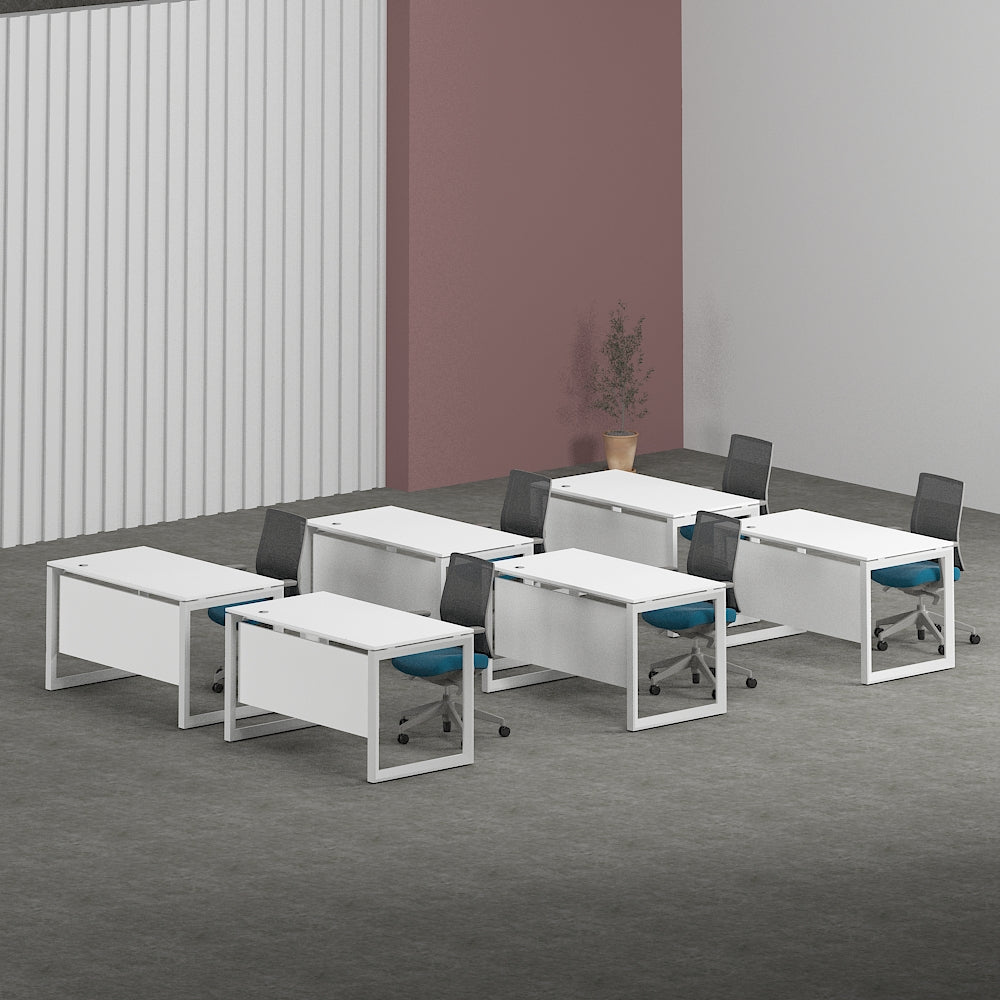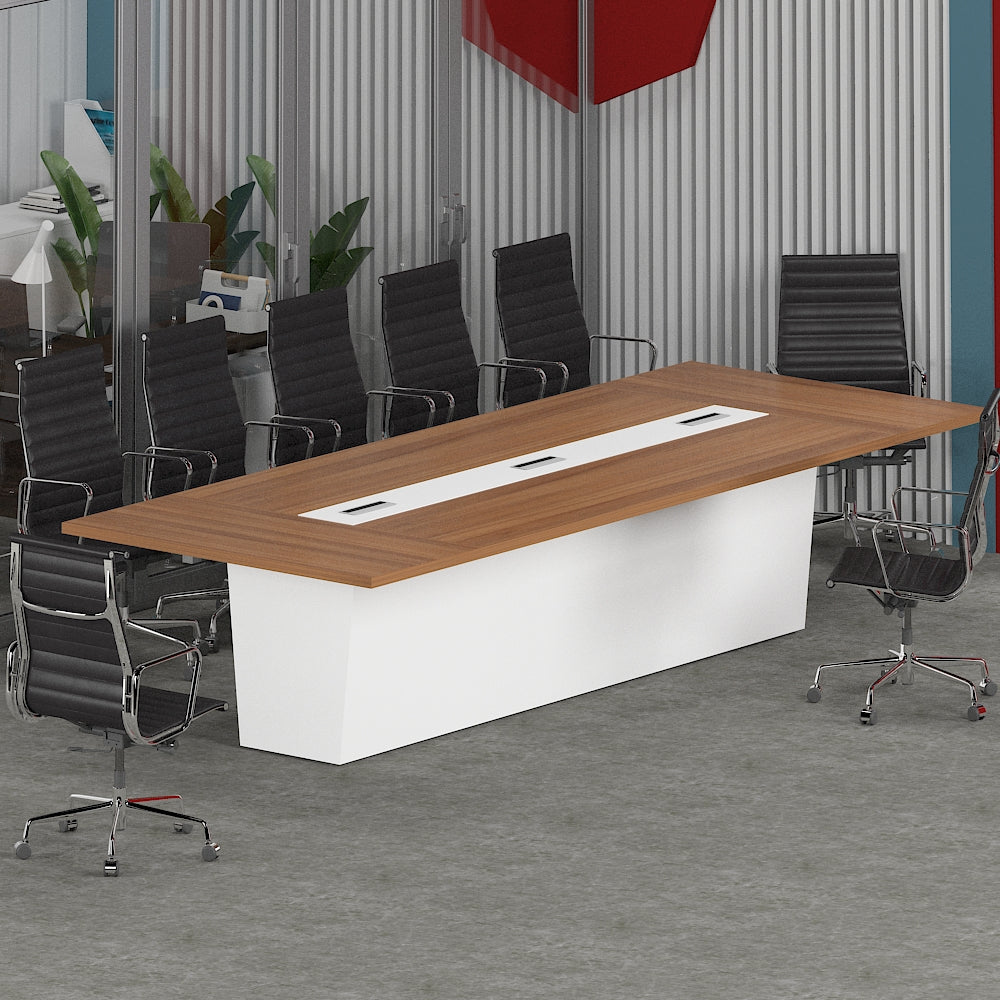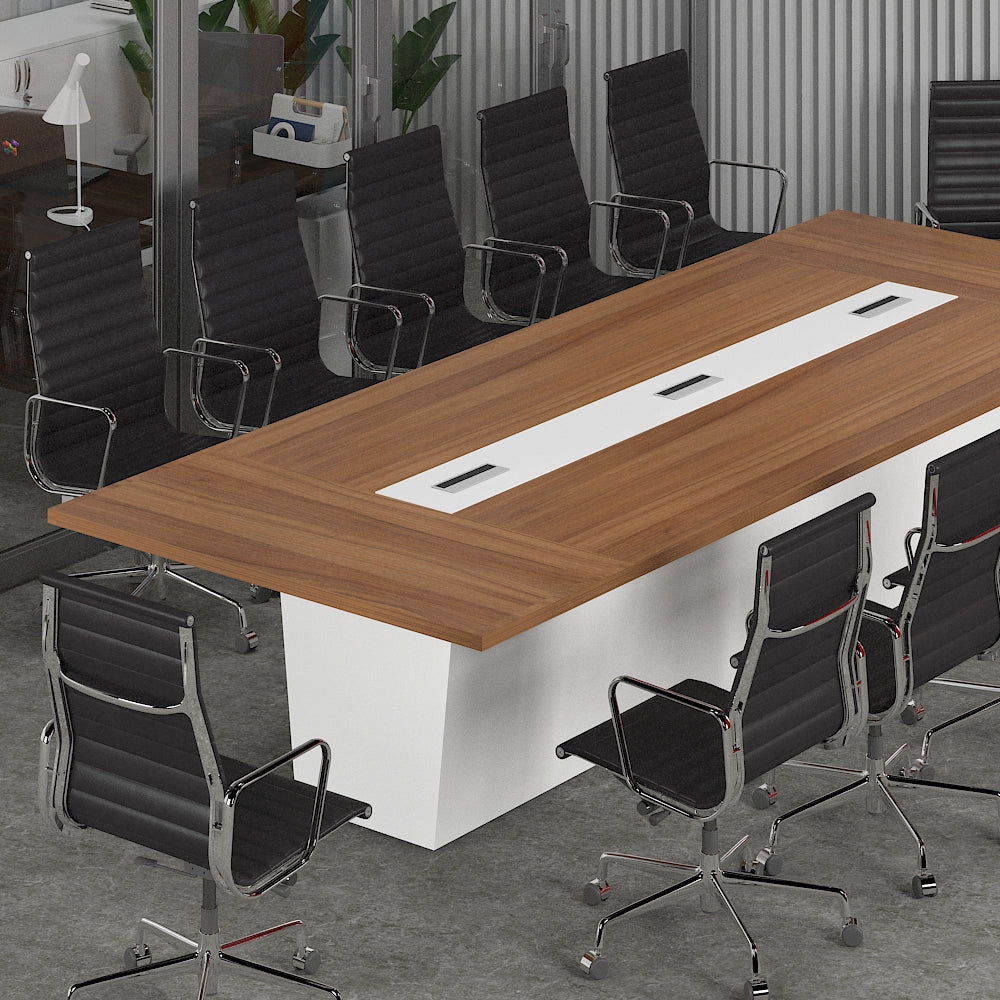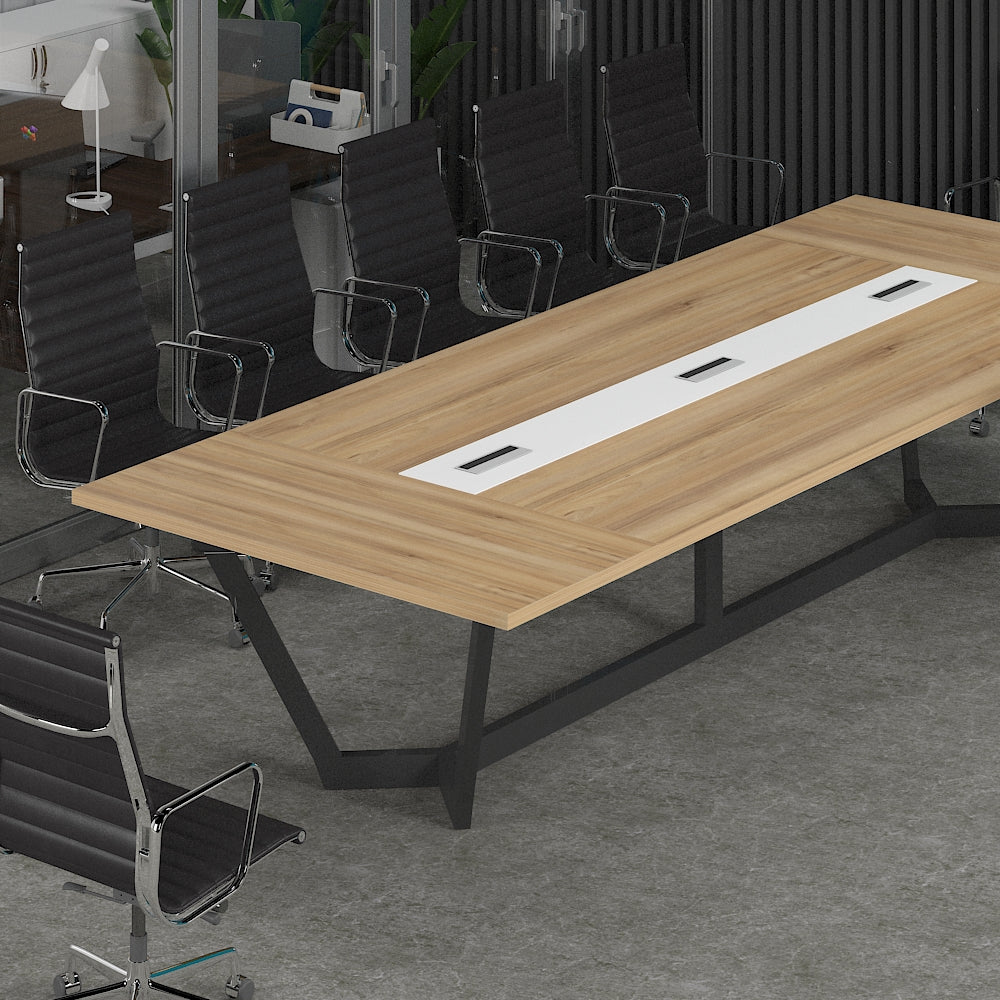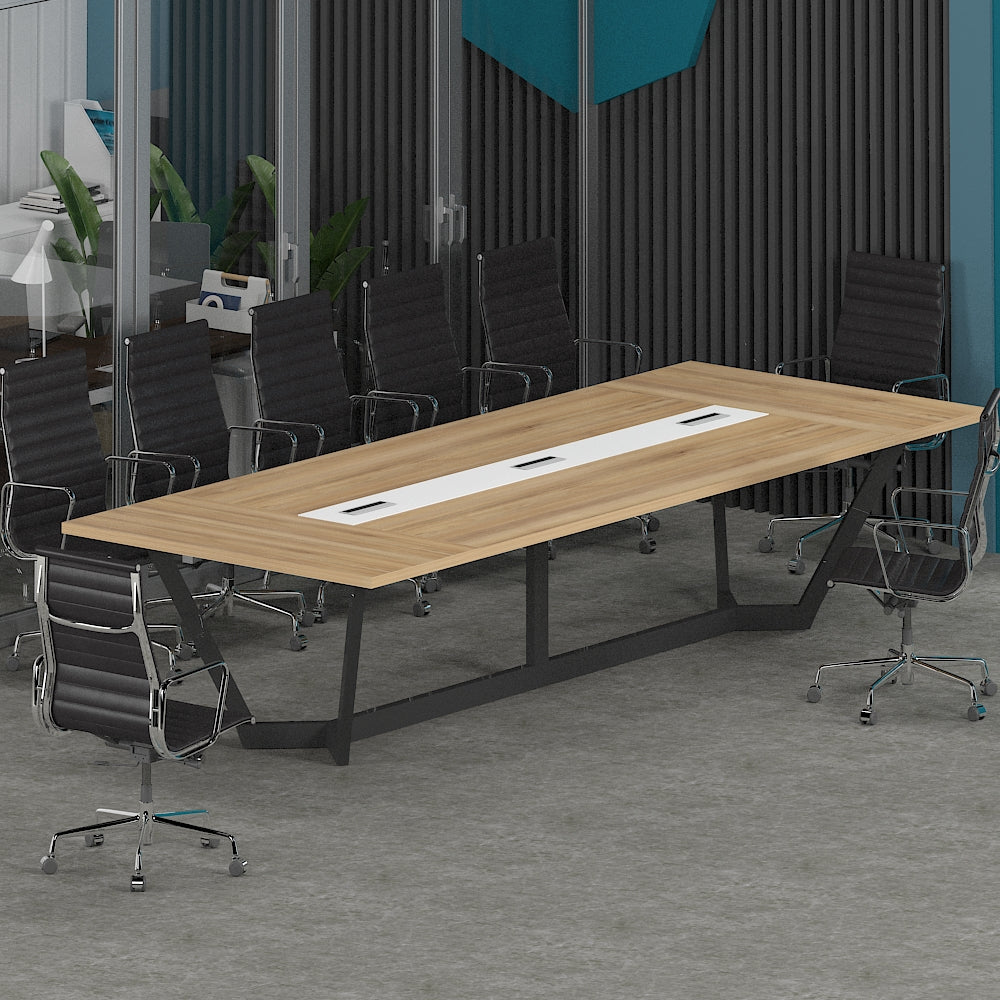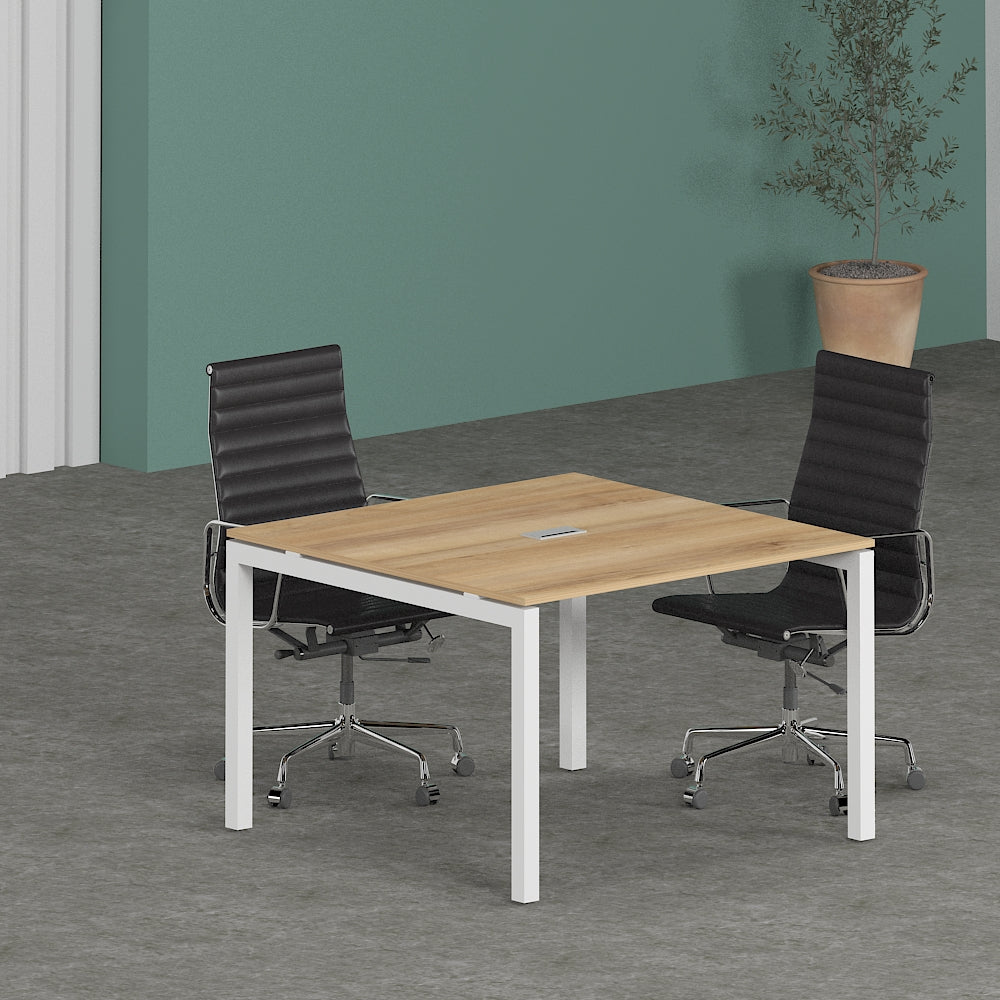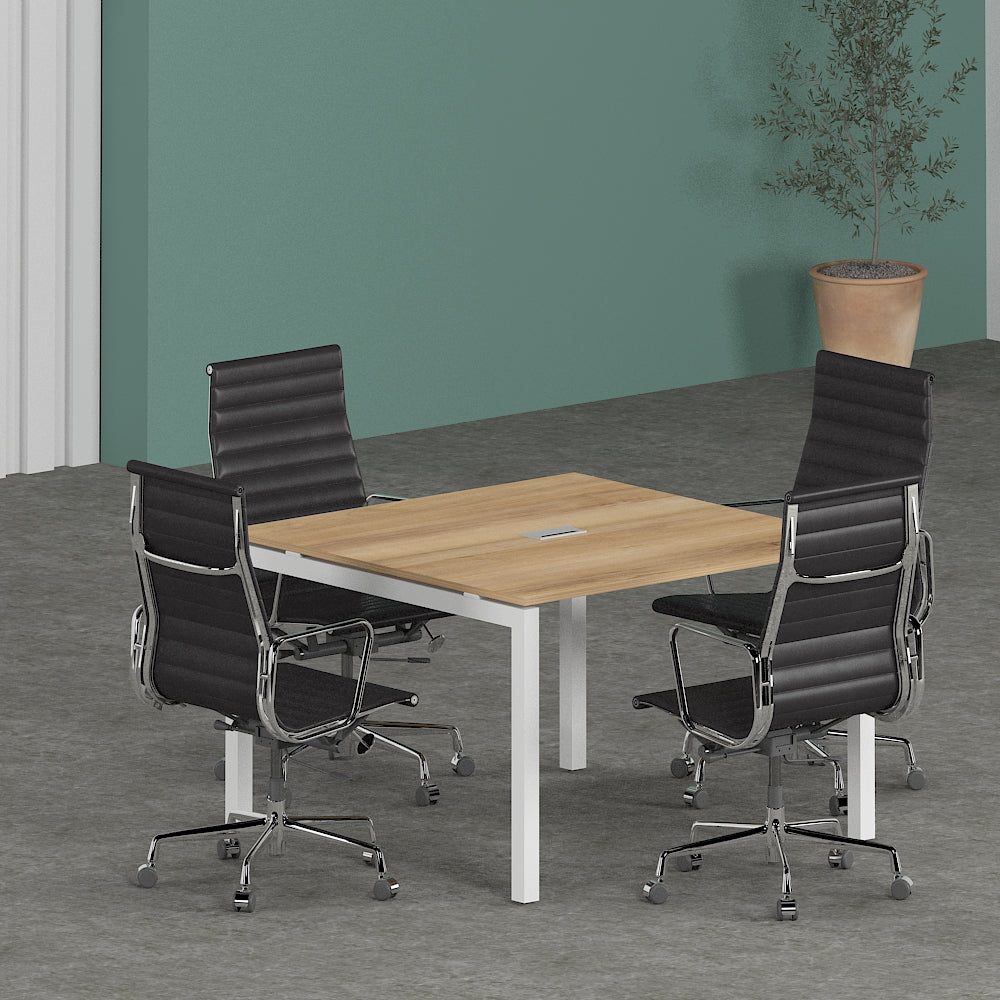Designing an Office That Reflects Dubai’s Cultural Diversity
Introduction
The Significance of Cultural Diversity in Office Design
In today's globalized world, the importance of cultural diversity in the workplace cannot be overstated. Nowhere is this more apparent than in Dubai, a city renowned for its vibrant multiculturalism. As businesses strive to create inclusive and welcoming environments, designing offices that reflect Dubai's cultural diversity has become a top priority.
Understanding Dubai's Cultural Landscape
A Melting Pot of Cultures
Dubai's cultural landscape is a rich tapestry woven from the traditions, customs, and beliefs of its diverse population. With over 200 nationalities calling the city home, Dubai boasts a unique blend of Eastern and Western influences, creating a dynamic and cosmopolitan atmosphere unlike any other.
Embracing Diversity in the Workplace
In the modern workplace, diversity is not just a buzzword; it's a cornerstone of success. Embracing diversity in all its forms—whether it be cultural, ethnic, or religious—leads to increased creativity, innovation, and productivity. By designing offices that celebrate Dubai's multiculturalism, businesses can create inclusive spaces where every employee feels valued and respected.
Key Elements of Inclusive Office Design
Flexible Spaces for Collaboration
Inclusive office design starts with creating flexible spaces that accommodate different working styles and preferences. From open-plan areas for collaboration to quiet zones for focused work, offices should offer a variety of environments that cater to the diverse needs of employees.
Cultural Representation in Decor
Integrating cultural elements into office decor is a powerful way to honor the diversity of Dubai's workforce. Whether it's displaying artwork, textiles, or artifacts from various cultures, incorporating these elements not only adds visual interest but also fosters a sense of pride and belonging among employees.
Language Considerations
In a multicultural workplace like Dubai, language diversity is a fact of life. Providing signage, communication materials, and software in multiple languages ensures that all employees can access information and participate fully in the workplace.
Incorporating Multicultural Influences
Islamic Architecture and Design
Islamic architecture and design have a profound influence on Dubai's built environment. Incorporating elements such as arches, domes, and geometric patterns into office design pays homage to this rich cultural heritage while creating visually stunning spaces.
Traditional Arabic Patterns and Motifs
Traditional Arabic patterns and motifs are another hallmark of Dubai's cultural identity. From intricate tile work to ornate calligraphy, these design elements add depth and texture to office interiors, reflecting the city's unique blend of tradition and modernity.
Innovative Fusion Styles
In recent years, Dubai has seen a rise in innovative fusion styles that blend traditional motifs with contemporary aesthetics. By embracing these hybrid design approaches, businesses can create offices that feel both rooted in tradition and forward-thinking.
Creating a Welcoming Environment
Hospitality and Guest Experience
Hospitality is ingrained in Dubai's cultural DNA, and this hospitality extends to the workplace. Creating a welcoming environment for employees and visitors alike fosters a sense of warmth and inclusivity, making everyone feel valued and appreciated.
Warmth and Hospitality in Reception Areas
The reception area is often the first point of contact for visitors, making it a crucial space to showcase Dubai's hospitality. By incorporating comfortable seating, refreshments, and culturally-inspired decor, businesses can create a positive first impression that sets the tone for the entire office.
Promoting Cross-Cultural Communication
Breaking Down Language Barriers
Language barriers can hinder communication and collaboration in multicultural workplaces. Providing language training and translation services helps bridge these divides, enabling employees from different linguistic backgrounds to communicate effectively and work together seamlessly.
Cultural Awareness Training
Cultural awareness training is another valuable tool for promoting cross-cultural understanding and collaboration. By educating employees about different cultural norms, customs, and communication styles, businesses can foster empathy, respect, and inclusivity in the workplace.
Technology Integration for Connectivity
Virtual Collaboration Tools
In today's interconnected world, virtual collaboration tools play a vital role in bringing together teams across geographical boundaries. By investing in video conferencing, messaging apps, and other digital platforms, businesses can facilitate seamless communication and collaboration among employees, regardless of their location.
Multilingual Software Solutions
Multilingual software solutions help bridge language gaps by providing interfaces and content in multiple languages. Whether it's project management software, HR systems, or productivity tools, ensuring that software is accessible to employees of all linguistic backgrounds enhances usability and efficiency.
Sustainability and Eco-Friendly Practices
Respect for the Environment
Dubai's commitment to sustainability extends to the workplace, where businesses are increasingly embracing eco-friendly practices. From energy-efficient lighting to recycled materials, sustainable office design not only reduces environmental impact but also aligns with the city's vision for a greener future.
Cultural Sensitivity in Sustainable Design
When incorporating sustainable practices into office design, it's essential to consider cultural sensitivities and preferences. For example, traditional cooling techniques such as wind towers can be integrated into modern office buildings, marrying sustainability with cultural authenticity.
Employee Well-being and Comfort
Inclusive Seating Options
Providing inclusive seating options accommodates employees of all shapes, sizes, and abilities. From ergonomic chairs with adjustable features to standing desks and communal seating areas, offering a variety of seating choices ensures that everyone can find a comfortable and supportive place to work.
Prayer and Meditation Rooms
Recognizing the religious diversity of Dubai's workforce, many offices provide dedicated prayer and meditation rooms where employees can observe religious rituals and practices in peace and privacy. These tranquil spaces promote spiritual well-being and support employees in maintaining a healthy work-life balance.
Case Studies: Successful Examples of Culturally Diverse Offices in Dubai
Real-Life Examples
Several businesses in Dubai have embraced cultural diversity in their office design, creating spaces that reflect the city's multicultural ethos. From tech startups to multinational corporations, these offices serve as shining examples of inclusivity, creativity, and innovation in the workplace.
Lessons Learned
By studying these case studies, businesses can gain valuable insights into the benefits of culturally diverse office design and the strategies for creating inclusive work environments. Whether it's incorporating cultural elements into decor, promoting cross-cultural communication, or embracing sustainable practices, the key takeaway is that diversity drives success.
Conclusion: Fostering Inclusivity Through Thoughtful Office Design
Celebrating Diversity
Designing an office that reflects Dubai's cultural diversity is not just about aesthetics; it's about fostering inclusivity, respect, and understanding. By embracing cultural diversity in all its forms and integrating it into office design, businesses can create environments where every employee feels valued, respected, and empowered to contribute their unique perspectives and talents. In doing so, they not only enhance workplace satisfaction and productivity but also strengthen their competitive advantage in the global marketplace.
FAQs
1. How does cultural diversity benefit the workplace?
Cultural diversity in the workplace fosters creativity, innovation, and collaboration by bringing together people with different perspectives, experiences, and ideas. It enhances problem-solving abilities, promotes cross-cultural understanding, and improves employee morale and satisfaction.
2. How can businesses promote inclusivity in office design?
Businesses can promote inclusivity in office design by incorporating flexible spaces, cultural representation in decor, language considerations, and amenities that cater to diverse needs. By creating environments where every employee feels valued and respected, businesses can foster a sense of belonging and enhance productivity.
3. What are some examples of cultural elements that can be incorporated into office decor?
Examples of cultural elements that can be incorporated into office decor include artwork, textiles, artifacts, and architectural features from various cultures. These elements not only add visual interest but also reflect the diversity of the workforce and create a sense of pride and belonging among employees.
4. How can businesses promote cross-cultural communication in the workplace?
Businesses can promote cross-cultural communication by providing language training, translation services, cultural awareness training, and opportunities for employees to interact and collaborate across cultural boundaries. By fostering empathy, respect, and understanding, businesses can break down barriers and build stronger, more cohesive teams.
5. Why is sustainability important in office design?
Sustainability in office design is important for reducing environmental impact, conserving resources, and creating healthier, more productive work environments. By incorporating eco-friendly practices into office design, businesses can demonstrate their commitment to corporate social responsibility and contribute to a greener, more sustainable future.
